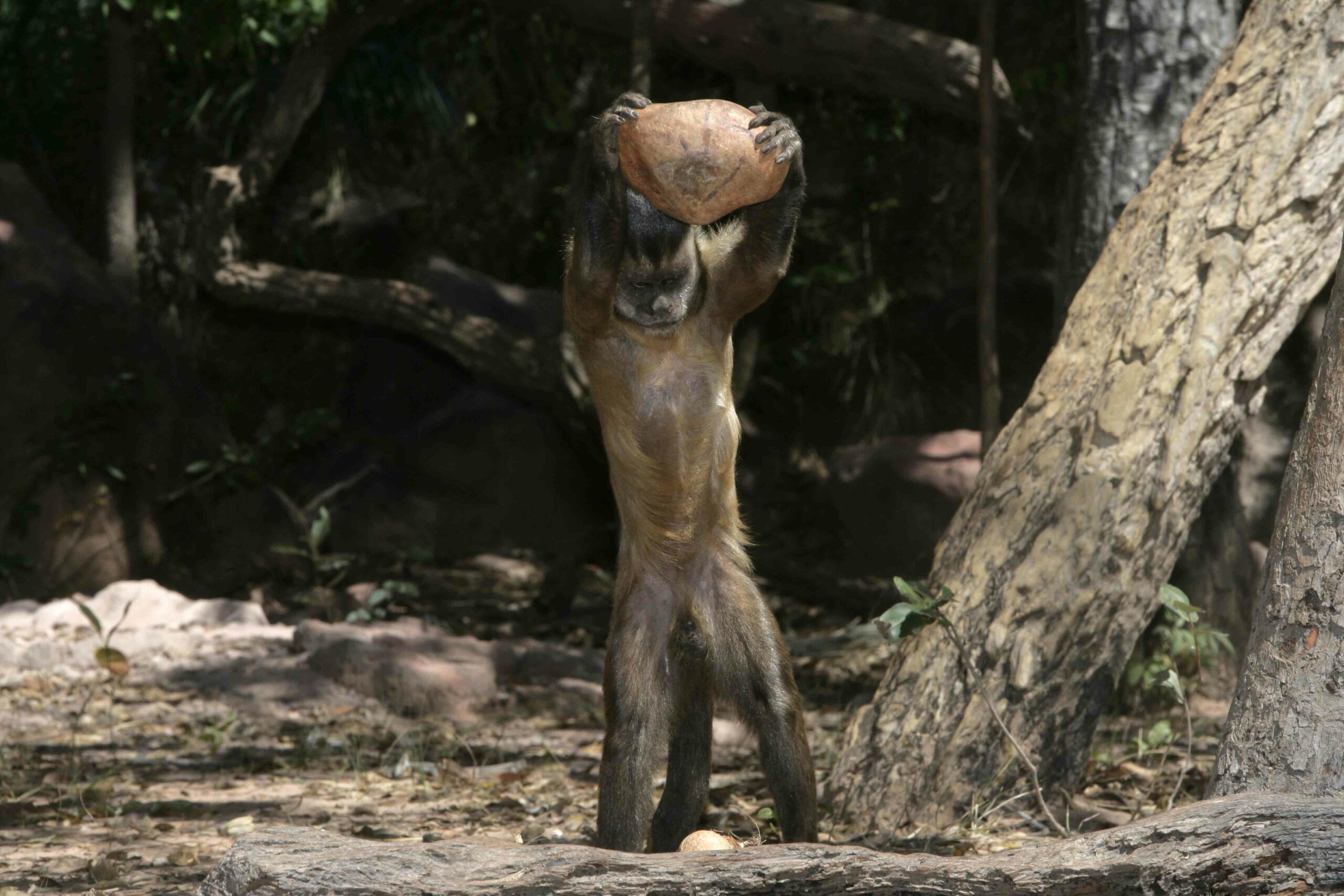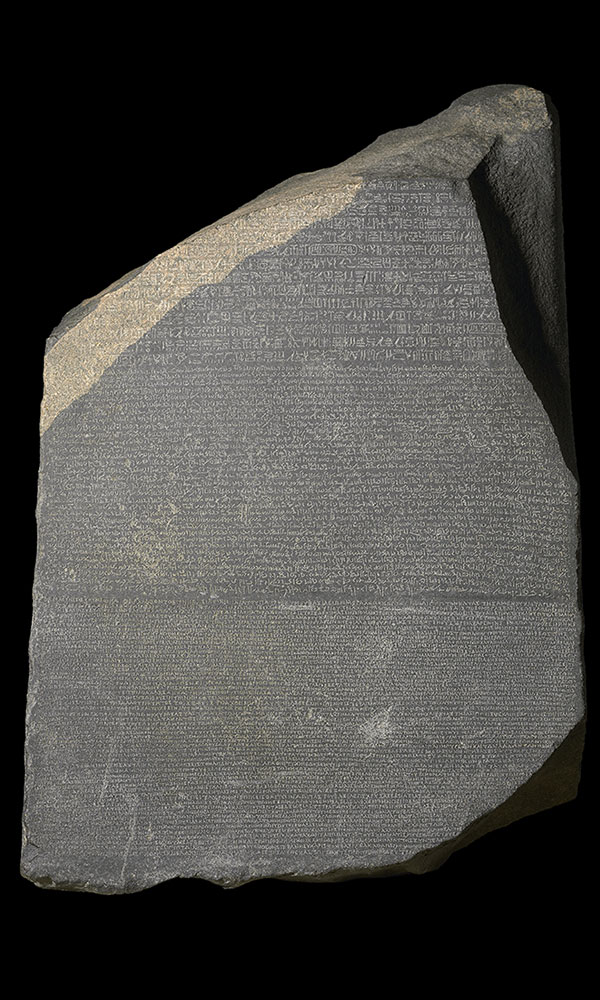
WEST LAFAYETTE, INDIANA—The International Business Times reports that scientists led by archaeologist and biostatistician Erik Otárola-Castillo of Purdue University have developed a method to analyze the often ambiguous marks on animal bones recovered from archaeological sites. The tiny marks left by prehistoric hunters can be difficult to distinguish from marks made by other kinds of damage. The shallow marks left by stone tools are often “V” shaped, while those made by trampling animal hooves are usually “U” shaped. The new technique, which employs 3-D imaging, shape analysis, and Bayesian statistics, was shown to identify butchery marks made by volunteers with stone tools 88 percent of the time—a major improvement in accuracy over old methods, Otárola-Castillo said. For more on prehistoric hunting, go to “Letter From Montana: The Buffalo Chasers.”











